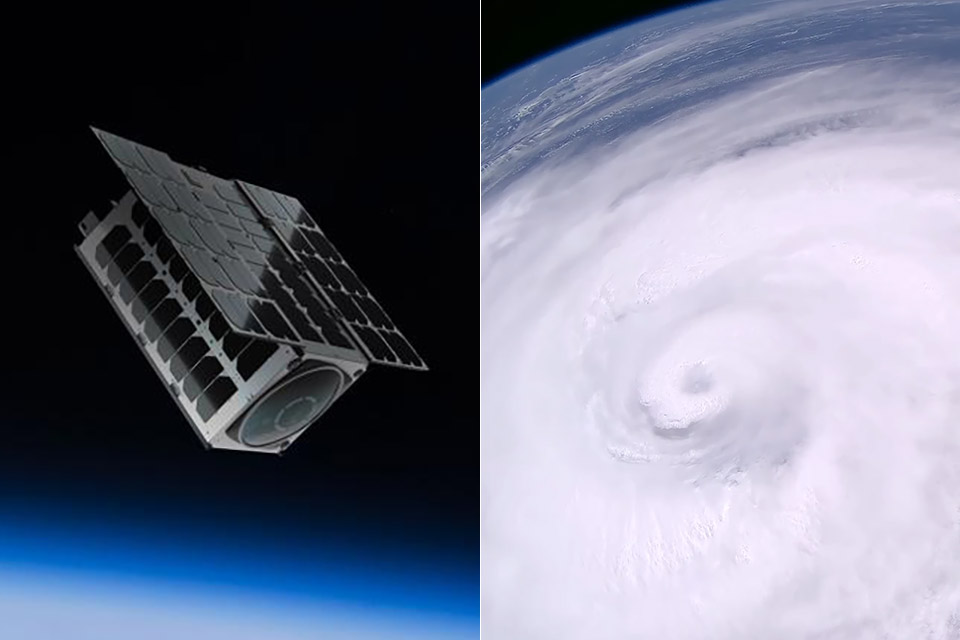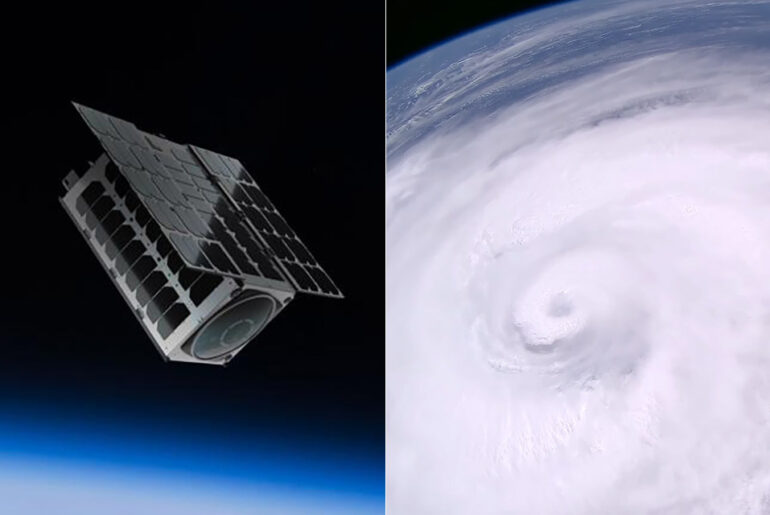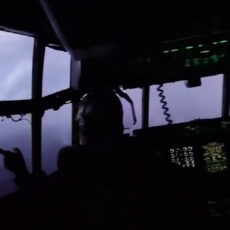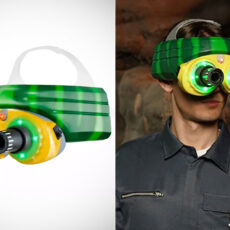
On August 20, 2025, Hurricane Erin was a Category 5 storm, the first and only one of the 2025 Atlantic season, dominated a broadcast frame unlike any other. Sen’s SpaceTV-1, a trio of 4K cameras that show the Earth to your screen for free, captured this image at 12:29 p.m. EDT from the International Space Station (ISS).
Sen, a London based company founded in 2014 by Charles Black, wants to make space accessible to everyone. Their mission is simple: stream real-time video from orbit to inform, educate and inspire. SpaceTV-1, launched in March 2024 on SpaceX’s CRS-30 cargo mission, is the foundation of that vision. Mounted on the ISS’s Bartolomeo platform, a rig attached to the European Space Agency’s Columbus module, these cameras offer three different views. One looks at the curve of the Earth’s horizon, one looks straight down at a 240km by 180km patch of the planet and one looks at the ISS’s forward facing docking port on the Harmony module.
- 8K30fps 360° Video with Dual 1/1.28" Sensors: Capture stunning detail with dual 1/1.28" sensors shooting up to 8K30fps. Film epic adventures,...
- Triple AI Chip Design, Better Low Light: Shoot confidently even in challenging lighting. X5’s triple AI chip design powers advanced noise reduction...
- Invisible Selfie Stick: Create impossible third-person views with no selfie stick in sight! Capture everything in 360°, then choose your angles later...
The storm, which rapidly intensified from Category 1 to Category 5 in 24 hours, filled the down facing camera’s view with its swirling clouds and lightning. From 250 miles up the ISS orbits the Earth every 90 minutes, giving Sen’s cameras a unique view of Erin as it passed north of the Caribbean, about 205 miles east-southeast of Cape Hatteras, North Carolina. Unlike NASA’s existing HD streams which have been providing views of the Earth for years,
Building cameras to survive space is no small feat. SpaceTV-1’s design reflects years of engineering grit. Each of the three camera views has a redundant second camera so if one fails the other takes over. The system went through rigorous testing—vibration, thermal vacuum and electromagnetic interference trials—to meet NASA’s strict safety standards for the crewed ISS. Charles Black explained the challenge of thermal management: space goes from scorching hot to freezing cold and the cameras have to endure both. Radiation is mitigated with shielding around consumer grade electronics, a cost saving move that doesn’t sacrifice performance. The cameras compress video onboard in real-time, shrinking the data to a few megabits per second for low latency streaming.
The current SpaceTV-1 cameras are fixed, but Sen plans to upgrade. Steerable cameras, already tested with Russian space agency RSC Energia, will be on SpaceTV-2 which will allow operators to target specific events on Earth or track docking spacecraft more dynamically. Software updates can enhance the existing system, adjust settings for better night shots or add augmented reality overlays to identify locations in the downward facing view. Sen also has its own satellite ETV-A1 and plans to launch more cameras in 2026 to build a network that could one day capture the Moon or Mars.










